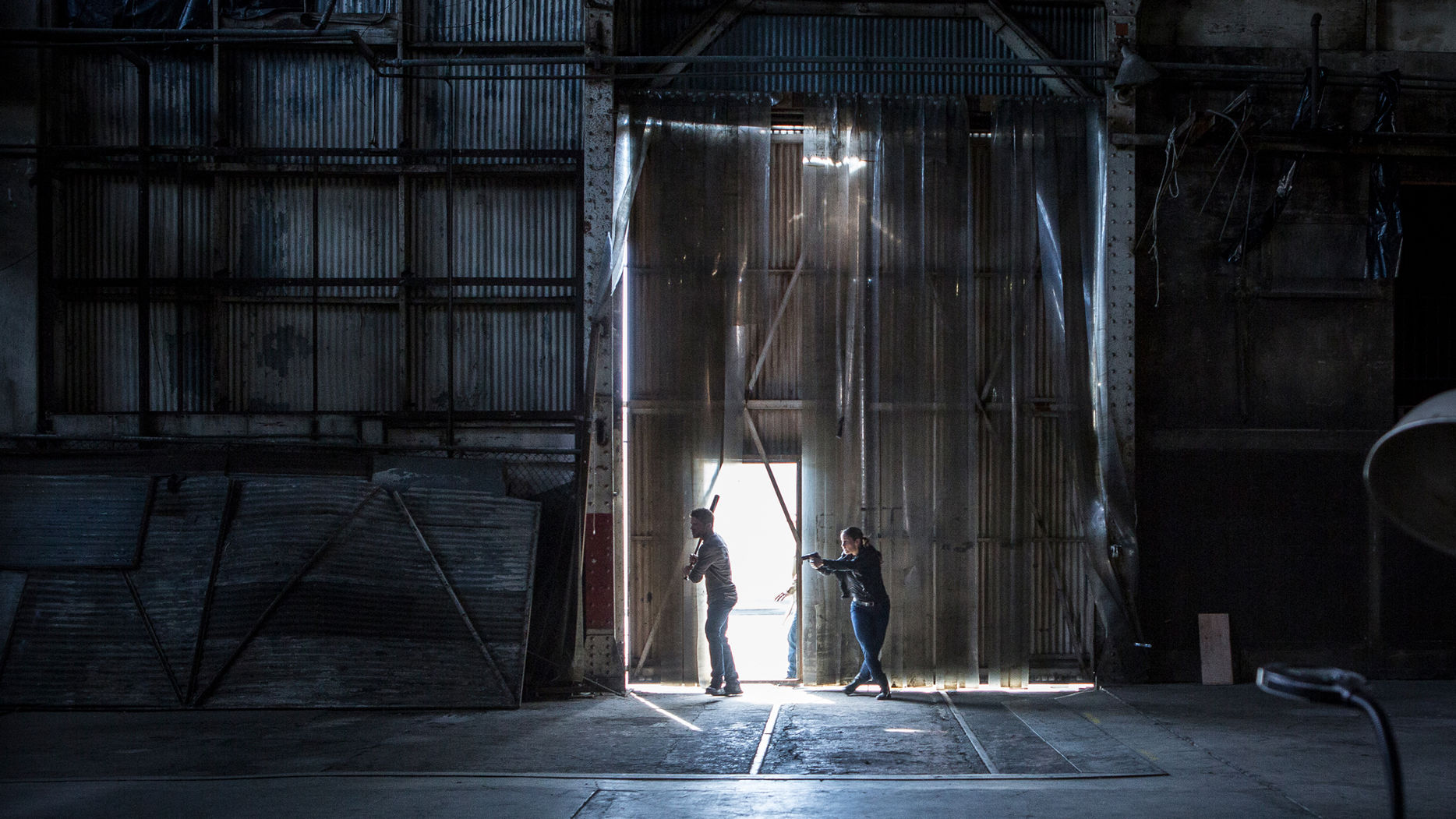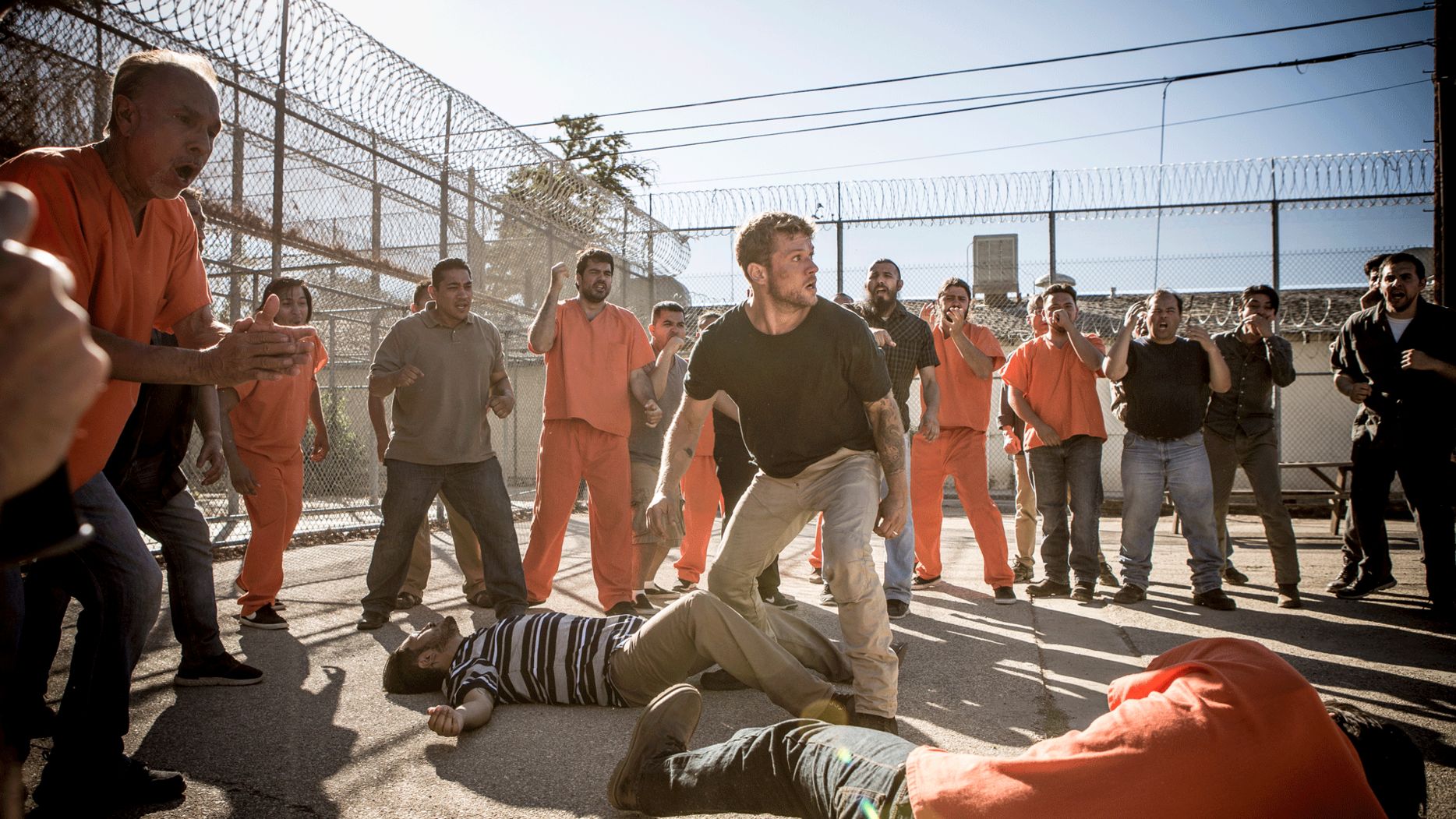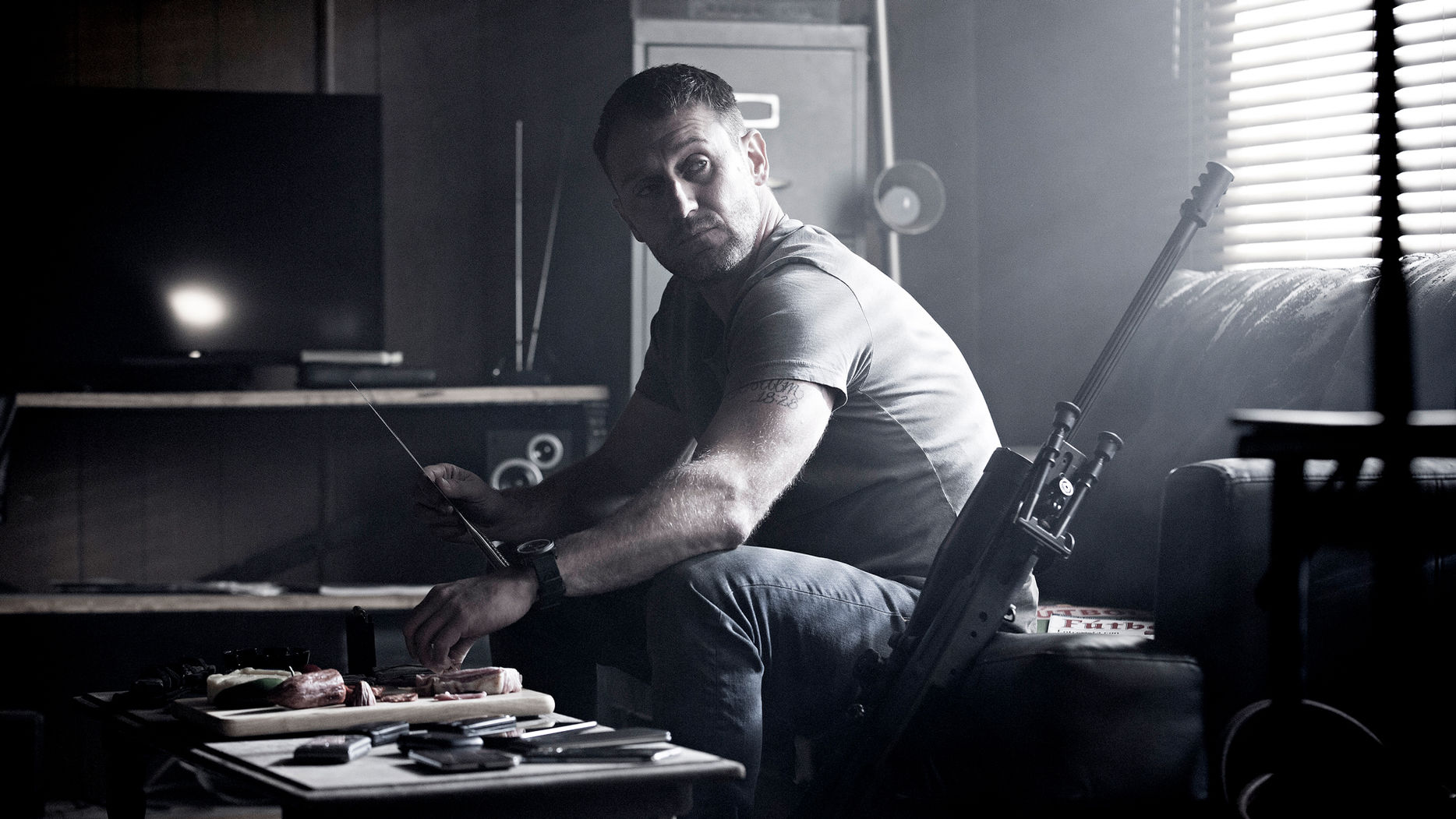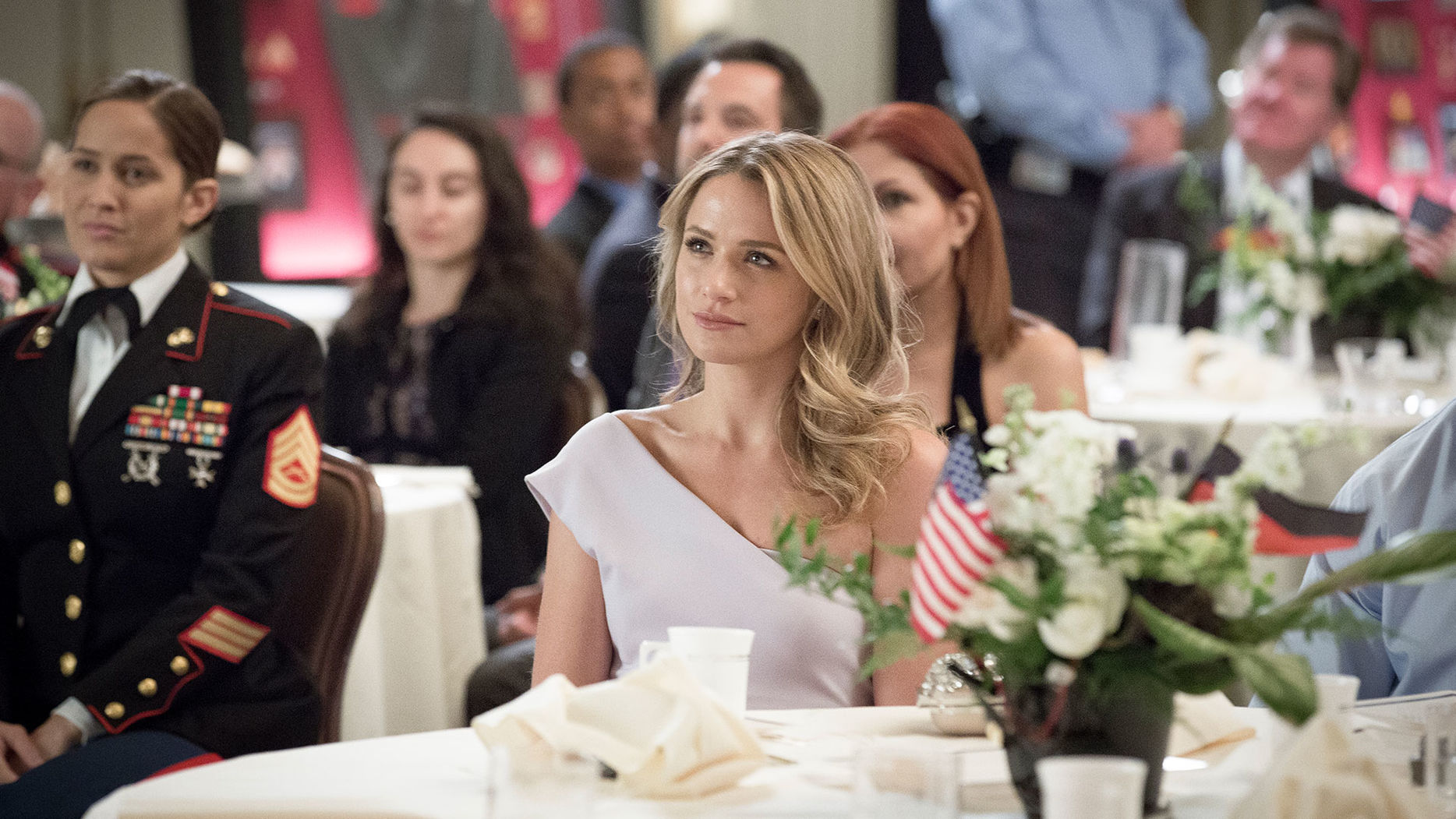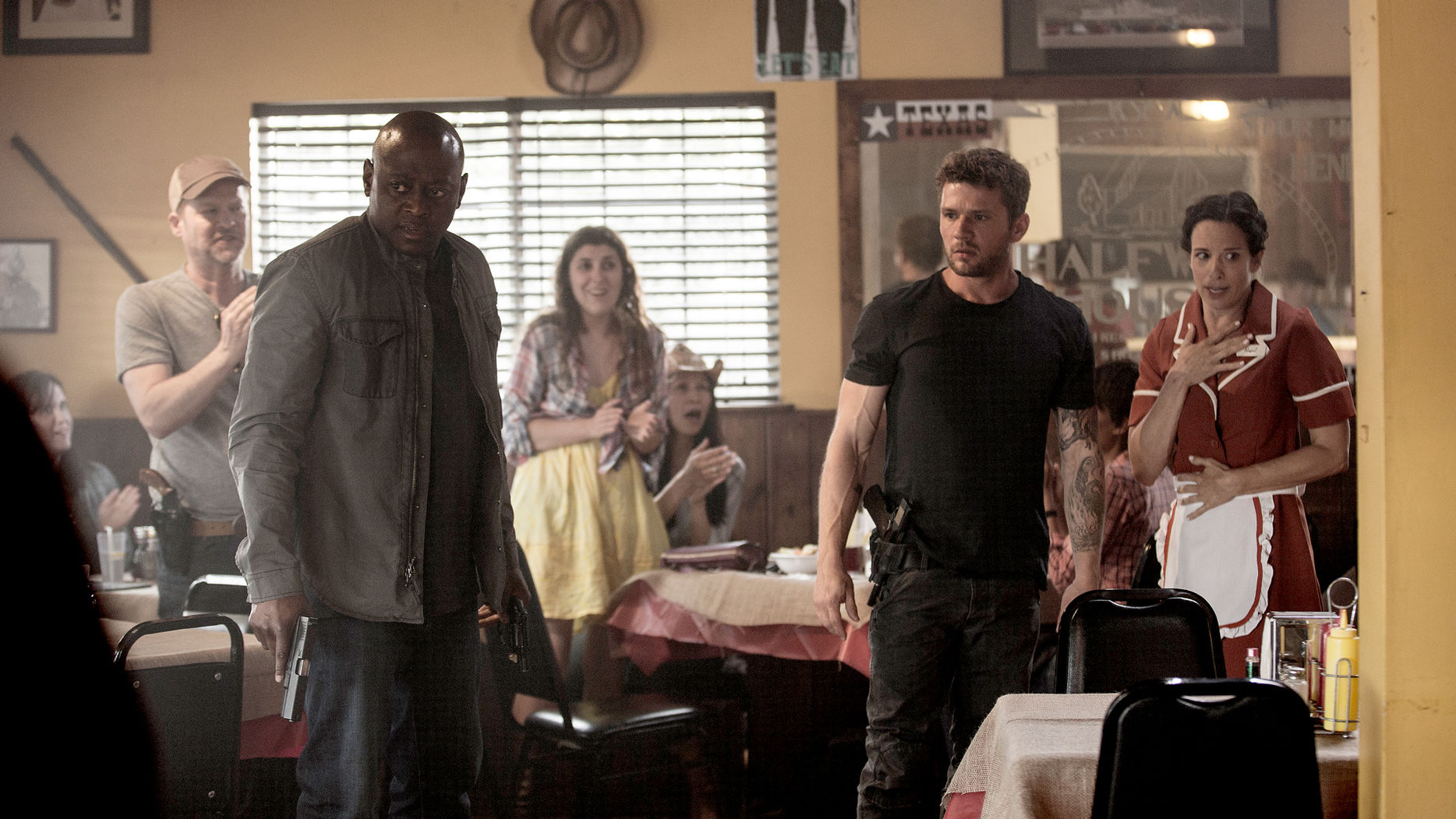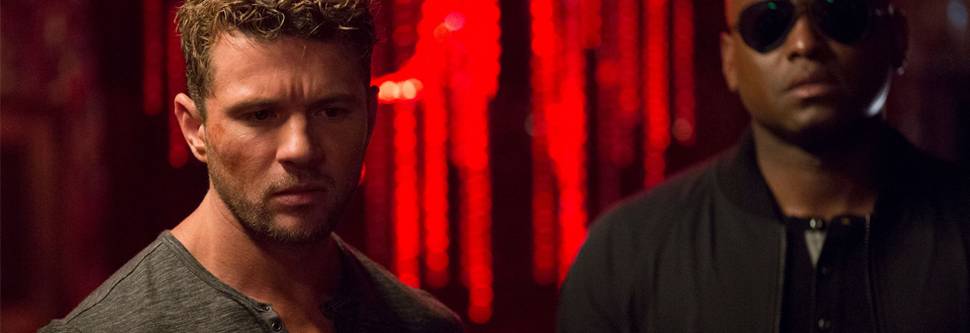
Vantage One Lenses add tension on the USA Network series ‘Shooter’
When Anthony Hardwick was offered the chance to handle the cinematography of Shooter, he jumped at the chance. Executive producer Steve Levinson, a colleague from Ballers and Entourage, wanted to up the ante on action in the show’s second season, and to further explore the psychological aspects of the story and characters.
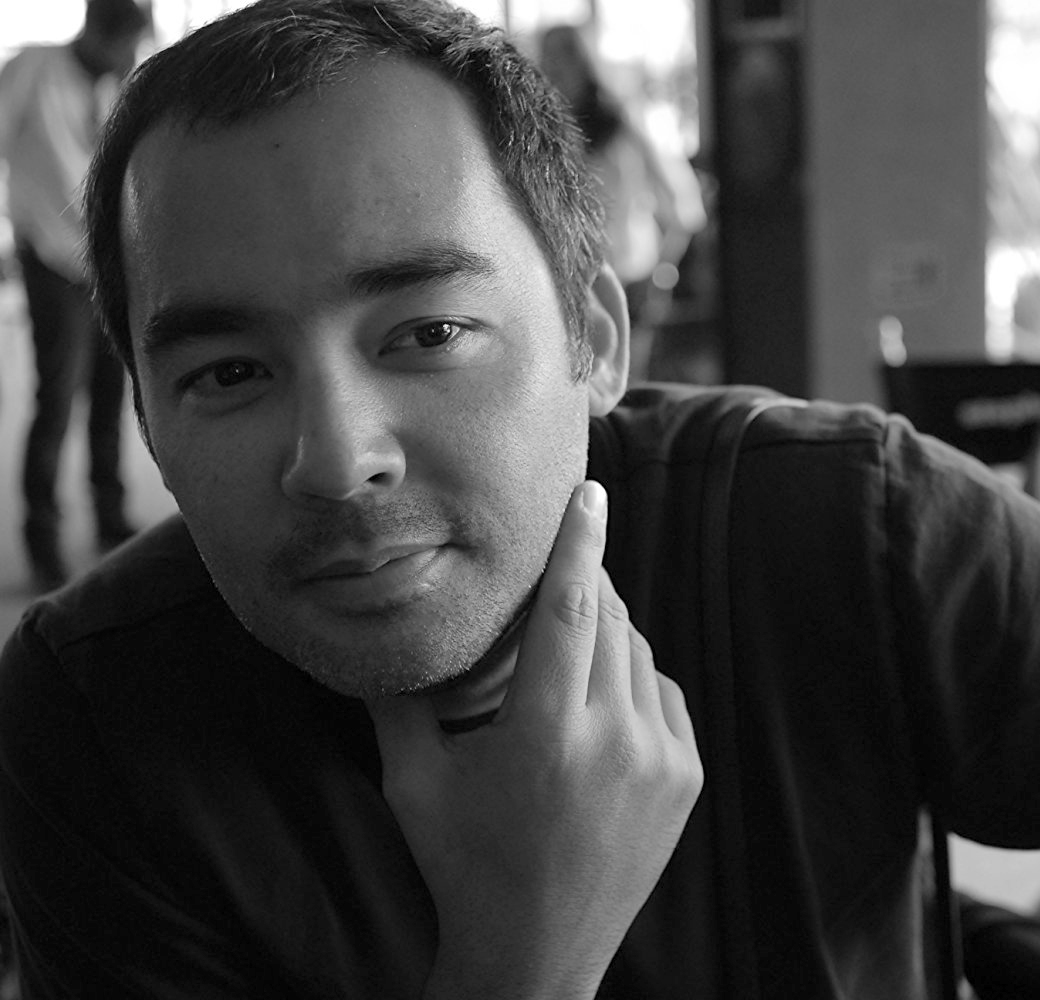
Anthony Hardwick, Director of Photography of Shooter’s second season. Photo by Claudette Barius
Shooter is a USA Network series based on the best-selling novel “Point of Impact,” and is related to the 2007 feature film that grew out of the same material. The hero is a retired military marksman who is coaxed back into action by a threat to the U.S. president. Jaime Reynoso set the look during the course of season one, and directed a couple of episodes in season two.
“The show deals with themes of conspiracy and powerful, corrupt and shadowy government agencies,” says Hardwick. “There’s what is really going on, versus the suspicions and psychological perceptions of people. It’s hard to know whom to trust in this world. I thought the Vantage One T1 lenses, which Jaime had used on the first season, were perfect for the show.”
Vantage One T1 lenses are based on a fundamentally different design philosophy that takes advantage of basic changes in filmmaking technology to deliver a distinctive visual signature and versatility in texture. As temporary lenses have become more precise and flawless, and digital image capture and post have led to more homogenization, cinematographers are finding fresh ways to lend their imagery personality. Meanwhile, speed is no longer an essential attribute of cine lenses. Vantage took inspiration from the Leica 50 mm T1.2 Noctilux, the first lens of its kind to achieve T1.2, in 1966, and ten years later, T1. The resulting Vantage One T1 lenses deliver a range of imperfections depending on the stop. Gentle aberrations and other characteristics that might be considered flaws are welcomed as storytelling tools by cinematographers given today’s impeccable digital imagery.
Hardwick says he shot 98% of Shooter’s second season on the T1 primes.
“I really enjoyed working with the lenses,” he says. “When you shoot them at more normal stop ranges like 2.8/4, they’re really beautiful and creamy. I like what they do for skin tones, and they have a painterly look to my eye. The T1s bring their own palette, and a kind of softness in the bokeh.
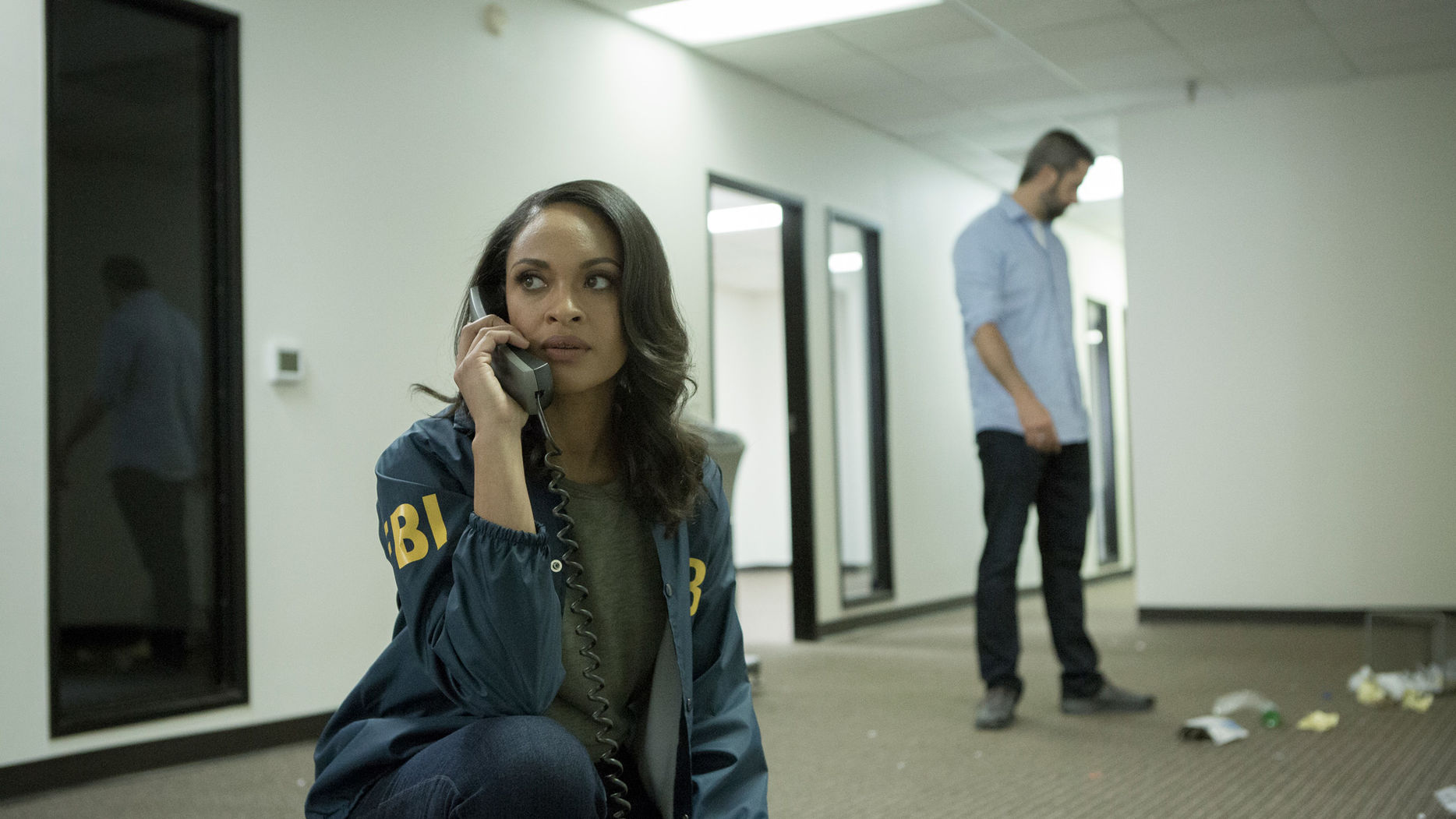
“But what really sets them apart is that when you start to get down in the low, wide-open aperture range – I shot them a lot at somewhere between 1 and 1.4 – unusual stuff starts to happen. We got all kinds of interesting coronal flares and hoop flares. The resolution starts to degrade a bit, but there’s a sweet spot where all these optical characteristics become really interesting. We used that to our benefit, and combined it with cracked filters I’ve collected, along with smears here and there, to accentuate a sort of psychological mindset.”
The Arri Amira cameras were handheld close to 90% of the time. “Prime lenses are a natural choice in that situation,” says Hardwick. “There are smaller lightweight zooms, but all things equal, I’d prefer primes. The size factor is number one, but also the stop. With the cameras we’re using these days, we’re frequently shooting at such low light levels. I’m often having to ND down because there’s too much light. I may want to shoot at a wider stop, or to just shoot with the ambient light at a given location. Certainly for anything exterior at night, the ability to shoot at lower stops than you can get with traditional zoom lenses is a big plus. If you’re shooting zooms wide open or down towards the lower end – often you have to because they’re a little bit slower to begin with – the transmission starts to drop off around the edges, giving you an unwanted ‘vignette’ of sorts, especially with smaller, lighter zooms that are suited for handheld work. That’s in addition to the general issues with zooms regardless of aperture choices, like inevitable keystoning and other undesirable artifacts at different focal lengths within the zoom.”
Another consideration is that Shooter is produced mostly on practical locations. During season two, each episode was done in seven days, with no shoot day exceeding twelve hours.
“I prefer being on location,” says Hardwick. “It gives things a freshness, and I like being forced to use what’s there, incorporating natural light as much as possible and augmenting that. We had to move fast, so I used a lot of lightweight lamps. On Shooter, darker is better, and we were exposing some scenes so low – darker than I’ve ever gone before. That was refreshing and fun to do.”
Working at low light levels can add authenticity to scenes while bringing additional benefits in efficiency.
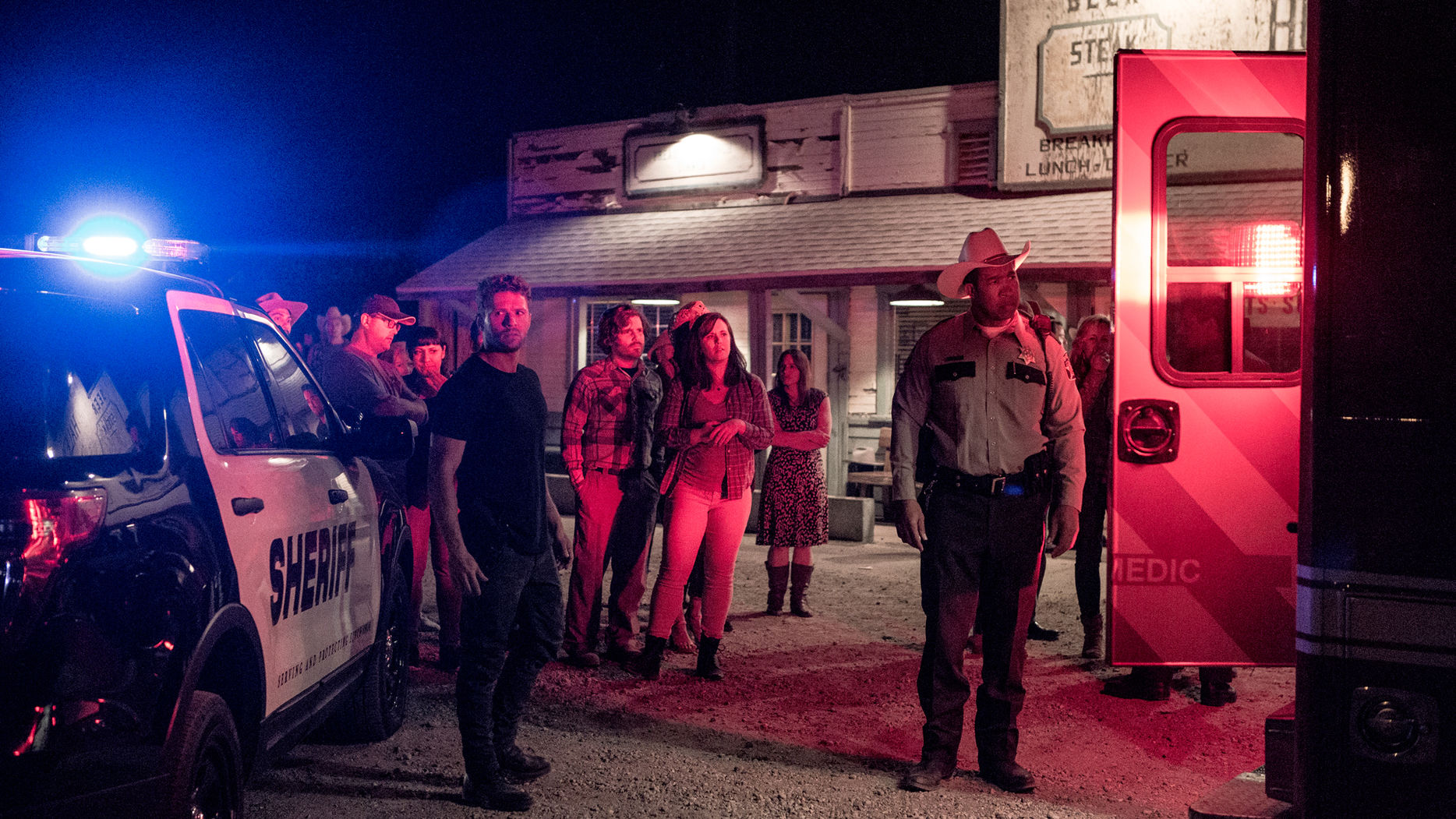
“I remember a particular night driving scene where almost all the light was from street lights and ambient light from businesses we passed,” he says. “I shot that right around a 1/1.4 split, and it was incredible the detail we got. I think I added the most minimal of fill light to one of the actors. Having the extra stop comes in handy in that instance, but it’s really more about the optical signature of these lenses.
“I love Vantage as a company,” he adds. “I was fortunate enough to shoot a feature a few years ago on their Hawk anamorphic lenses, which are in high demand. Vantage makes beautiful, innovative products, and I’m looking forward to working with them again soon. I can’t wait to find the right project for their Vintage’74 lenses.”
Cinematographer Yaron Levy recently finished shooting season three of Shooter, making extensive use of Vantage One T1 glass. Hardwick is currently shooting a new season of Ballers.
All film outtakes @ USA Network
